Transcription
Jordan: I'm here with Joe Salvatore. Is it Salvatore or Salvatore?
Joe: Salvatore.
Jordan: Salvatore. Yeah. Well, anyway, it's a pleasure to be here with you, Joe. Joe's a customer of ours and someone we've been working together. You are the chief of risk and underwriting for Idea Financial. Is that correct?
Joe: Yes. Yeah. Thanks for having me on.
Jordan: Yeah, of course. Um, do you want to give us a quick introduction of your background? Uh, go ahead.
Joe: Sure. Sure. Yeah. Joe Salvatore. I'm the chief risk officer at Idea Financial. We are a small business lender. Uh, we've been in the space now for about six years. We lend money to small and medium sized businesses. We have a flagship line of credit and a term loan and also a specialty finance product for plaintiff law firms where they can borrow capital to use towards particular contingency fee case expenses. So a few different products and yeah, I'll give you some quick background.
Joe: I have a background in statistics and also psychology, went to the University of Tennessee, go volunteers. I was there for, you know, around five years or so, uh, where I worked on two master's degrees and a PhD was really planning on staying in academics. You know, thought to myself towards the end of my tenure there, might as well kind of just go see what industry's like. And I really ended up loving it to be honest.
Joe: Uh, so I've been, you know, in the industry now for about a decade now. Um, one thing that I really liked about industry relative to academics is that, you know, a lot of the work that I used to do in the research lab is highly kind of theoretical. I was able to kind of apply the same sort of, you know, approaches, methodologies, use the same skill sets in industry and be able to really see, you know, if my ideas were, you know, held water, if they were right.
Joe: And it was cool to be able to come up with an idea, design an approach and methodology, come up with hypotheses, test those hypotheses, and then put that sort of approach into production and then watch the data come in. And that was something that I really kind of fell in love with. And I've been in industry, you know, 10 years now.
Jordan: That's awesome. And so we work with, this is an industry, industry we love to work with is people in this, uh, alternative business finance industry, probably some of our favorite customers now, but I work with a lot of risk officers, similar to you, you know, they're the main people that are working in this data and no one has the kind of background that you do where, you know, it's in statistics. It's an analysis. You've been doing credit for this long. So you have like a wealth of knowledge and, and you're tying into it experience, like you said, this last 10 years. So you're kind of a unique beast. Do you find that to be the case when you look at other, you know, other people in the industry?
Joe: The industry has, you know, a ton of variability in terms of, you know, those that are successful. Oftentimes, I think some of the most interesting approaches come from folks with varied backgrounds. So they may not be in business, but that's certainly not a bad thing. You know, when I think about like, for example, not one on my data science team has a background in business. They've all come from pure mathematics, computer science, you know, I think the closest would be double major in economics or something, but along with, uh, something, you know, in the sciences.
Joe: And I really do value that approach to problem solving. Cause at the end of the day, if you're a researcher, you really care about how the world works. We're all trying to figure out, you know, the truth. So taking that approach to commercial lending, for example, working with smart folks, you're, you're going to find what the truth is, particularly when there's different approaches and different ideas about how the world works. We're all working together. And at the end, we're all just trying to kind of figure out how things work.
Jordan: Yeah. And some people have data scientists, but I don't think they have a team. I don't think they have people like you in this industry. I think they have experience in the industry. And that's mostly how they're approaching their underwriting.
Joe: Yeah. And you know, that is an approach. Like I said, we sort of try to value potential, you know, the sort of tenacity to, to learn and understand. And it's sometimes better to not have that experience. Yeah. Because you don't have to break those bad habits.
Jordan: Uh, yeah, that's really cool. It's great to work with you. Um, but this industry, I say it's new, kind of new. It is kind of, I mean, it's been probably 20 years.
Joe: Yeah, yeah, even a little less.
Jordan: Right, like,
Joe: Yeah, maybe even a little less before. I mean, it definitely is 2008,
Jordan: 2010, you know, 2008 crisis. I think a lot of alternative financing kind of was bred out of that period. Now there's already been a ton of changes since then, since the last 15 years. What do you think is going to change from now in the next? Five, 10 years. So how do you think the industry will change?
Joe: I wish I had that crystal ball because we'd be ahead of the curve there. Yeah. I mean, there's, you know, there's a lot of permission based data that is becoming much more accessible and kind of agreeable to the end user or the applicant, the consumer or the commercial entity. So that seems to be something that's very popular.
Joe: You know, I'll liken it. When I first began in industry lending, cashflow based lending wasn't as popular. And, you know, it was still kind of heavily credit influenced, which the credit data is very important, right? But the cashflow information offers another degree of understanding of, you know, the financial health of the entity that you're underwriting. That has grown tremendously to where it's, you know, I estimate it to be 60 percent of the ultimate kind of predictive validity of the risk models that we're, at least we're building cashflow.
Jordan: You feel like cashflow is 60 percent of the, yeah,
Joe: Sure. Yeah. At least for a product, you know, a shorter term product when you're talking, you know, anywhere from 12 to 36 months, the cashflow is very, very important credit will begin to become more important over longer periods of time, but in the short term, when you're trying to predict out a year that the cashflow data is extremely important. That said 40 or 50%. Uh, Credit data is still very important, but that permission based data, that will start being more of a contributing factor and, you know, ultimately help the models get more and more accurate.
Jordan: Yeah. So if you were talking to a merchant, um, I don't know how often you are on sales calls or deal with the merchants directly, probably not a ton, but if a merchant was coming and they were shopping, why do you think they should pick Idea versus another option?
Joe: Yeah, sure. So I guess we'll talk about it in kind of two separate arenas and areas of value. One is going to be when you look at an option like idea versus other alternative financers. It's very simple. This is product. We have a true revolving line of credit. So you borrow what you need, you pay for what you need and you can pay back at any time with no prepayment penalty.
Joe: Much of the alternative financing space leverages simple kind of plain vanilla term loans. Those term loans have a particular factor rate associated with them. So if you borrow a hundred thousand, you're going to pay 20,000, let's say in interest costs. So that's regardless of if you need to borrow that money for six months or 18 months with our product, you're able to just borrow what you need. There's no additional fees.
Joe: And then when you're talking about comparing this to traditional financing, of course, it would be speed and ease, you know, come to our website and put in your information, either link your banks or attach some bank statements. And then within the day, you'll get approved and you can draw that day and find something in your account the next day. So very different, of course, when you look at it relative to the traditional market.
Jordan: Sure, you can get that money a lot quicker where they have revolving line of credits, like you said, but that's not a very common thing. And if you need that money a lot quicker.
Joe: Right. Yeah,
Jordan: Right.
Joe: Exactly.
Jordan: And probably, like you said, you're going to assess revenue more than, you know, if their credits may be a little bit worse, you're probably going to be a little more lenient on that based on revenue.
Joe: Yeah. Yeah. And it's in this industry was born out of, you know, let's say more poor credit conditions, right? You know, credit's still important to us relative to a lot of our competitors. We have much lower costs and a true annual interest rate that's comparable to your credit card rates. So, you know, this isn't, you know, 40, 50, 60 percent annual interest rate.
Joe: This is in the twenties. And to be frank, our, uh, our specialty finance product for lawyers is in the teens. And this is in a period where all you hear is interest rate hikes and increases. So we're still able to stay, you know, very competitive and we're not a bank and we're not the SBA, but looking at the alternative financing space, it's very attractive rates. So a lot of folks come to us because of that.
Jordan: That's awesome. And that's interesting when you brought that product up. I didn't know you had that product. Uh, that's focusing on legal teens. I'm kind of curious, what's the story there? Why, how did you get into this?
Joe: Yeah. So let's say 60 percent of our executive team have a background in that space, either trial lawyers, or had gone to law school. So it's kind of specialized knowledge in the legal space, lending companies. So we combined both of those and our CEO and president also were involved and created a insurance product for plaintiff lawyers.
Joe: So imagine this, you're a plaintiff lawyer. You take on a case for a contingency fee. You may end up spending 50,000 on that case for expenses like expert witnesses, travel, any other expenses that are associated with building your case. And then you go to trial and if you lose, you not get paid because your contingency fee, but you're also out that 50,000.
Joe: So a insurance product was created that protects a plaintiff lawyer and law firm against the most catastrophic loss at trial. In that case, for a premium, you get your entire case expenses reimbursed to you. So that product in the financial space, lawyers had really gravitated towards that product. Uh, it seemed like, um, kind of natural progression to also provide the financing, not just for that product, but for the case expenses.
Jordan: Yeah, that 50,000. You know, they had to find that money somewhere, right? They either have a big bank account or something to have that cash flow. That's a really good idea.
Joe: Historically, plaintiff lawyers had put out their own cash for expenses on contingency fee cases. Now they can borrow that cash and use that as well to purchase insurance. So in case they do go to trial, which most cases do not, but the ones that do, you're basically at a coin flip, whether you'll win or you lose. We've done a ton of actuarial work on cases and case outcomes. And about 50 percent of those that go to trial win and the other 50 percent lose.
Jordan: That's an interesting metrics you probably have there. I bet how does the lawyer feel about that? You're like, okay, I don't think you're very likely to win. So we're going to increase that premium. It's basically
Joe: A coin flip. Um, now when you combine that with the likelihood of going to trial, it's very low that you go to trial and lose. But if you get to trial, you know, again, it's basically a coin flip. So it's nice to have that insurance.
Jordan: Yeah, of course. Now, do you change your rates based on if they have that insurance or not? What if they don't have the insurance?
Joe: Yeah, yeah. So there's some factors that go into whether you qualify for the insurance. So today the rates aren't any different. Really what we're doing on that product is that we're using our commercial underwriting. That's tried and true. We've designed and developed it over the last six years.
Joe: So we're underwriting the entity for creditworthiness first and foremost. We are really assuming you don't have the insurance. If you do have the insurance, then that's great for you because if you do go to trial and you lose, then the insurance actually will pay off the money that you borrowed. If you don't, that's okay. The product also has a period of time where you pay principal and interest. You can pay that off over time.
Jordan: I see. So either way you're, you're planning, they don't have insurance.
Joe: Yes. Yeah. That's the assumption. Right. But, um, of course it's a great cross sell opportunity.
Jordan: Yeah, certainly. Now, but you don't offer it. It's like a separate company that, yeah.
Joe: No, it's all under the same umbrella.
Jordan: It's all in house. Okay.
Joe: Mm hmm. All in house. Exactly.
Jordan: So, would you say ideas, idea financials, are lawyers like, you love working with those? Are those your favorite?
Joe: Love it. I do like to speak for myself. I think, um, everybody that I work with really enjoys working within this product. Yeah. It's a great group, a great, you know, kind of niche market and, um, really bright folks, and I'm constantly learning. So it might be a little kind of selfish, but I like working in that area because I hadn't had any substantive experience. And it's very interesting. You know, you, you, you're sort of getting a law school education while you're getting paid. So it's great.
Jordan: Yeah, that's fascinating. That, that really is interesting. You have that product. That's a cool, that's a good idea. It's one of those things you don't know about unless you're in the industry. Like you said, a lot of your,
Joe: Exactly. There's a, I mean, you know, kind of speaking towards to that, there's a lot of education that goes into this product. Even lawyers aren't aware that there's a product like this, you know, everyone's aware that there's financing. However, uh, historically it had been just kind of large umbrella line of credit that you're um, uh, would draw from.
Joe: However, there's some disadvantages to doing that. Now, many states have rules on this, but you're able to pass through interest costs to your client following, you know, a successful either settlement or when of that case as a basic case cost. However, you must be able to itemize that interest. And if you're drawing from a line of credit and you have, let's just say five or 10 cases, it's very difficult to be able to do that.
Joe: So historically, plaintiff law firms had just eaten that cost. What we do is we offer you a master limit and from that master limit, you can create as many cases as you have. And then you draw on those particular cases and we keep track of all of those interest costs. So super easy.
Jordan: For them to track. Very easy.
Joe: Oh, yeah. Yeah. So, um, that's been a big selling point, uh, essentially being able to pass through those interest costs, which go to help and save margin.
Jordan: Yeah, that's fascinating. I appreciate all this. This has been a lot of awesome information. And now we started meeting, talking together with your integration. I just want to ask a little bit more about how the integration was with Cobalt and what made you make that decision?
Joe: You know, admittedly, I'll say I didn't do the integration. We have a ton of folks on the team, much, much more talented than myself. And they were the ones that did that integration. But, you know, I can tell you that it was one of the faster integrations. Uh, I think it was very straightforward.
Joe: I know that the format and protocol is, um, you know, up to date and simple relative to, let's say, some of the more traditional bureaus that we've done integrations with, you know, in terms of like a, from an adoption standpoint, it's been amazing. We process it's between five and 10,000 applications each month. And this was an area of the business that was completely manual.
Joe: Still, much of our process has gone to a more automated approach, but this was an area that was sort of the Achilles heel where no, we didn't think that we'd be able to automate this, this side of it, but yeah, your product has proven to be a great solution to that.
Jordan: That's awesome. I'm really glad to hear that. Joe, I appreciate your time. Love partnering with you. And I hope to be able to continue working with you a lot in the future. Uh, you know, if we ever need to talk baseball stats, that's when we can, I know the guy to call now.
Joe: Ah, very good. For my son's 11 year old team.





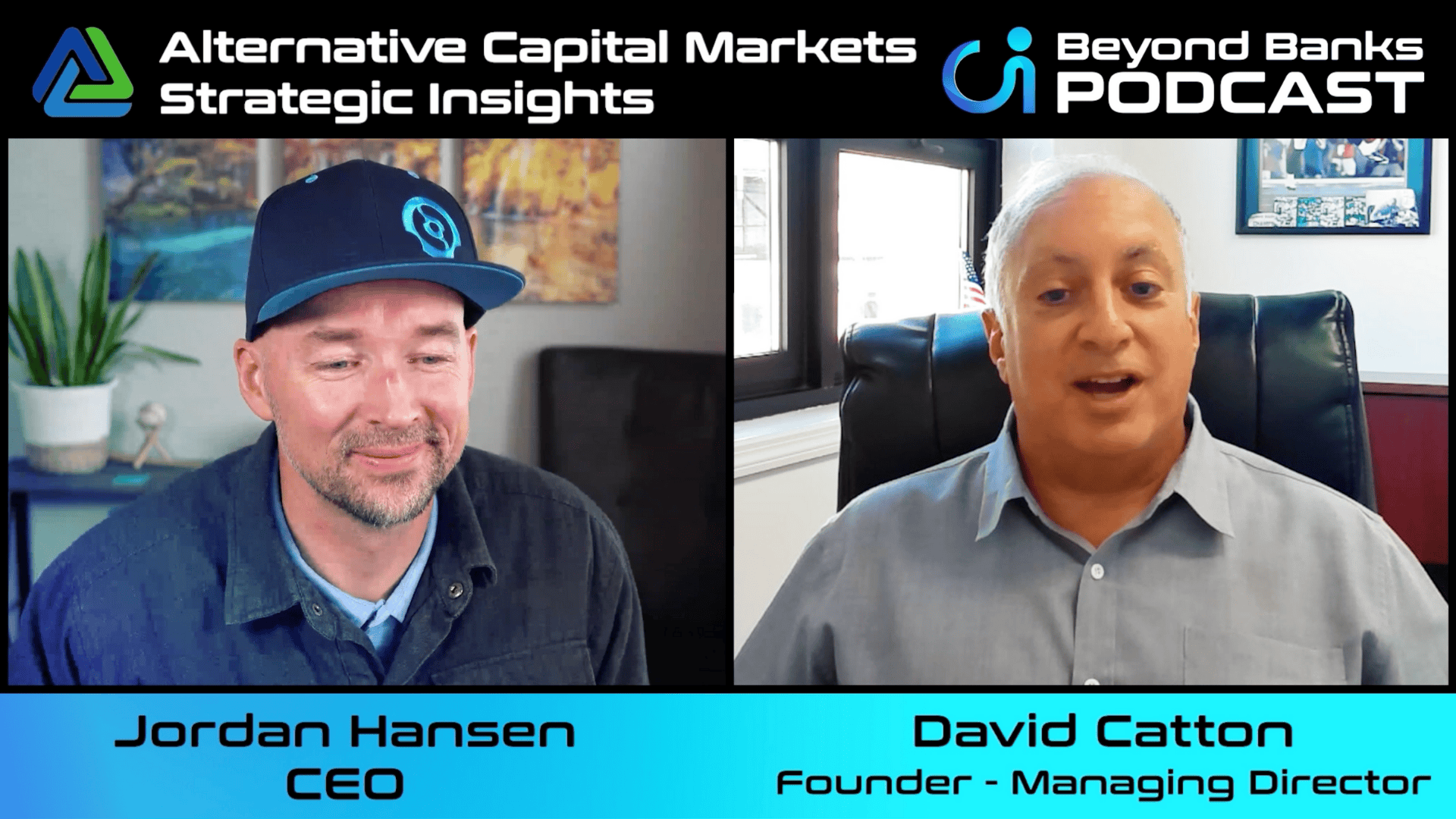
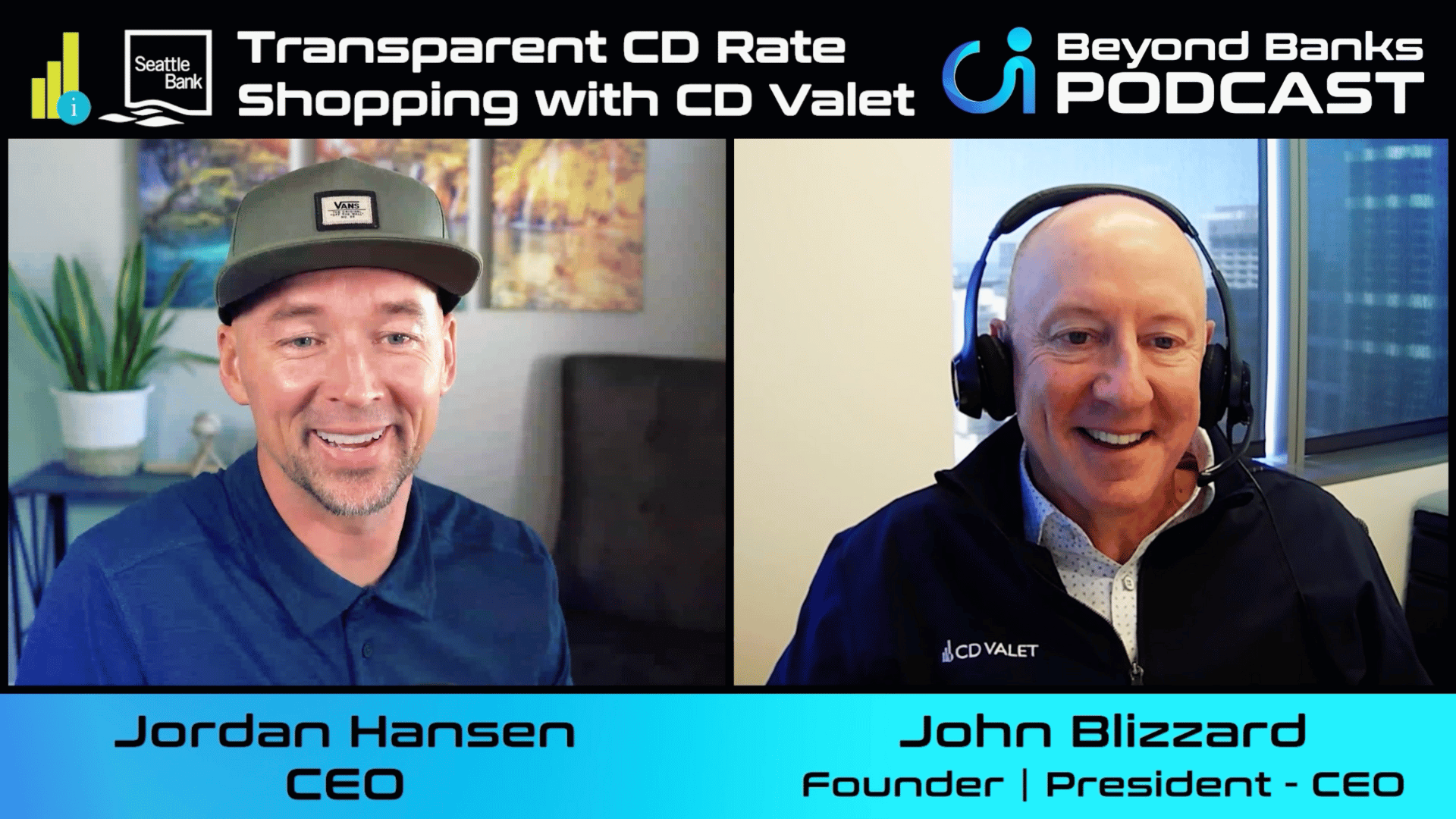


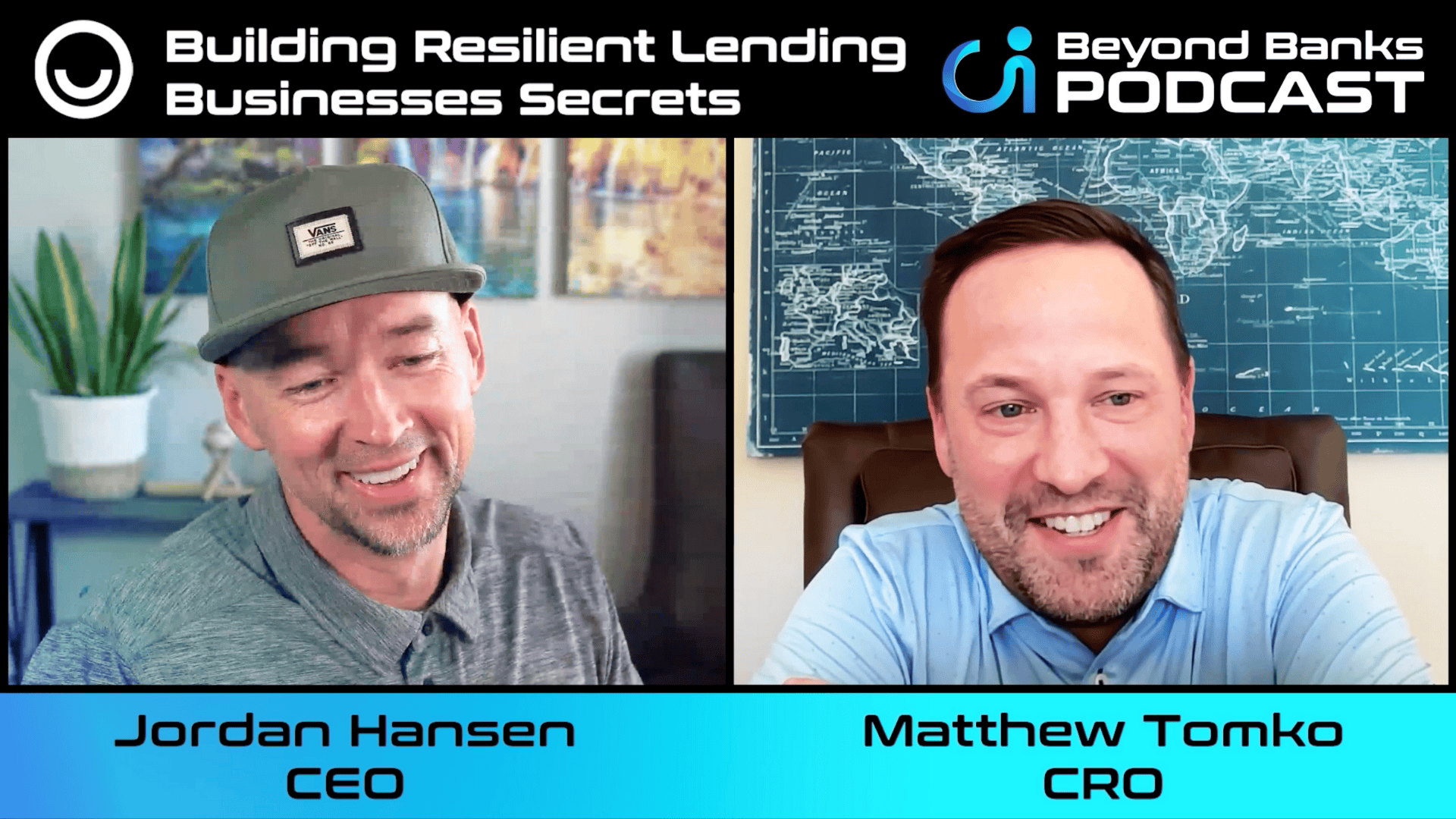

.png)


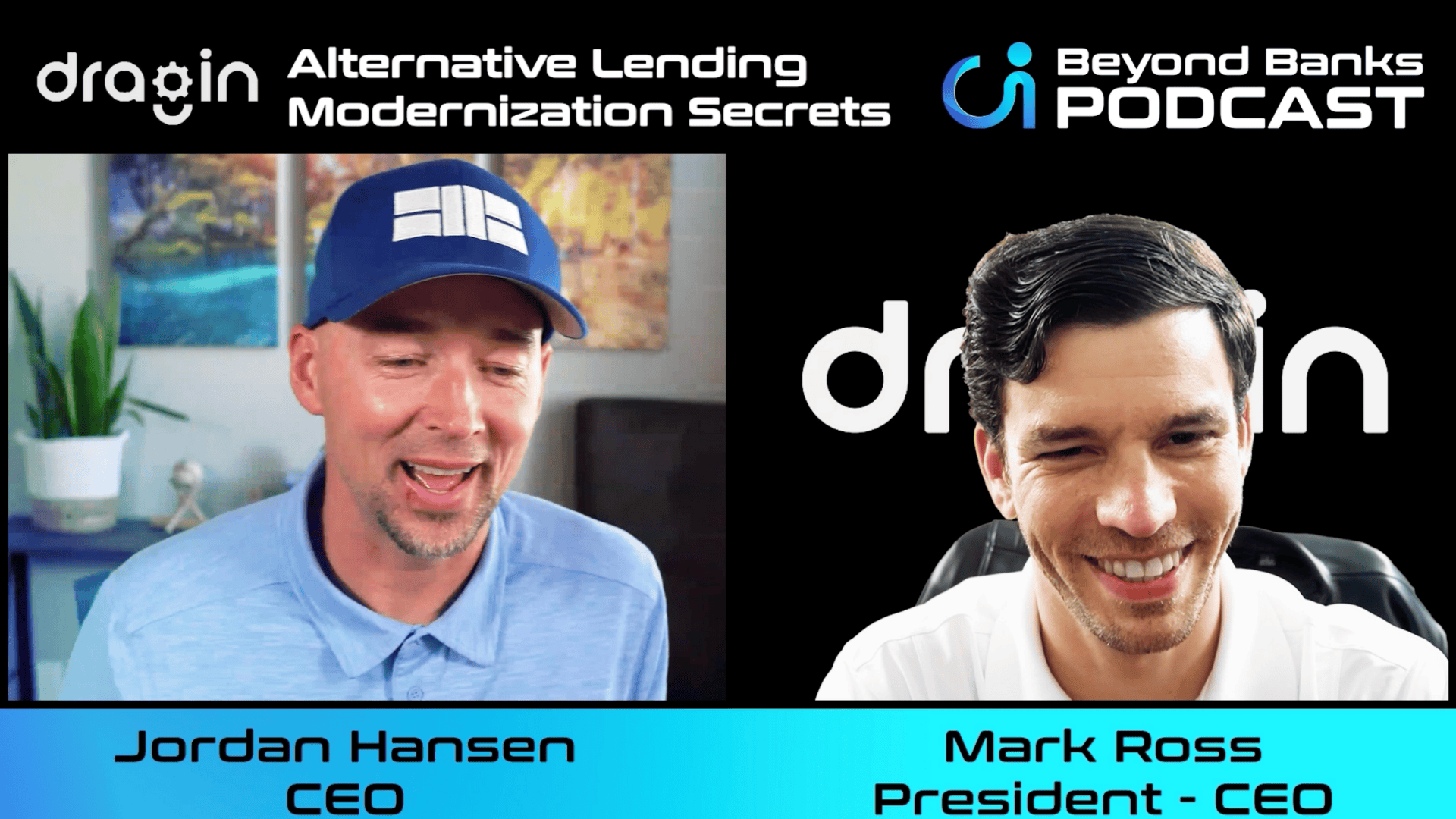

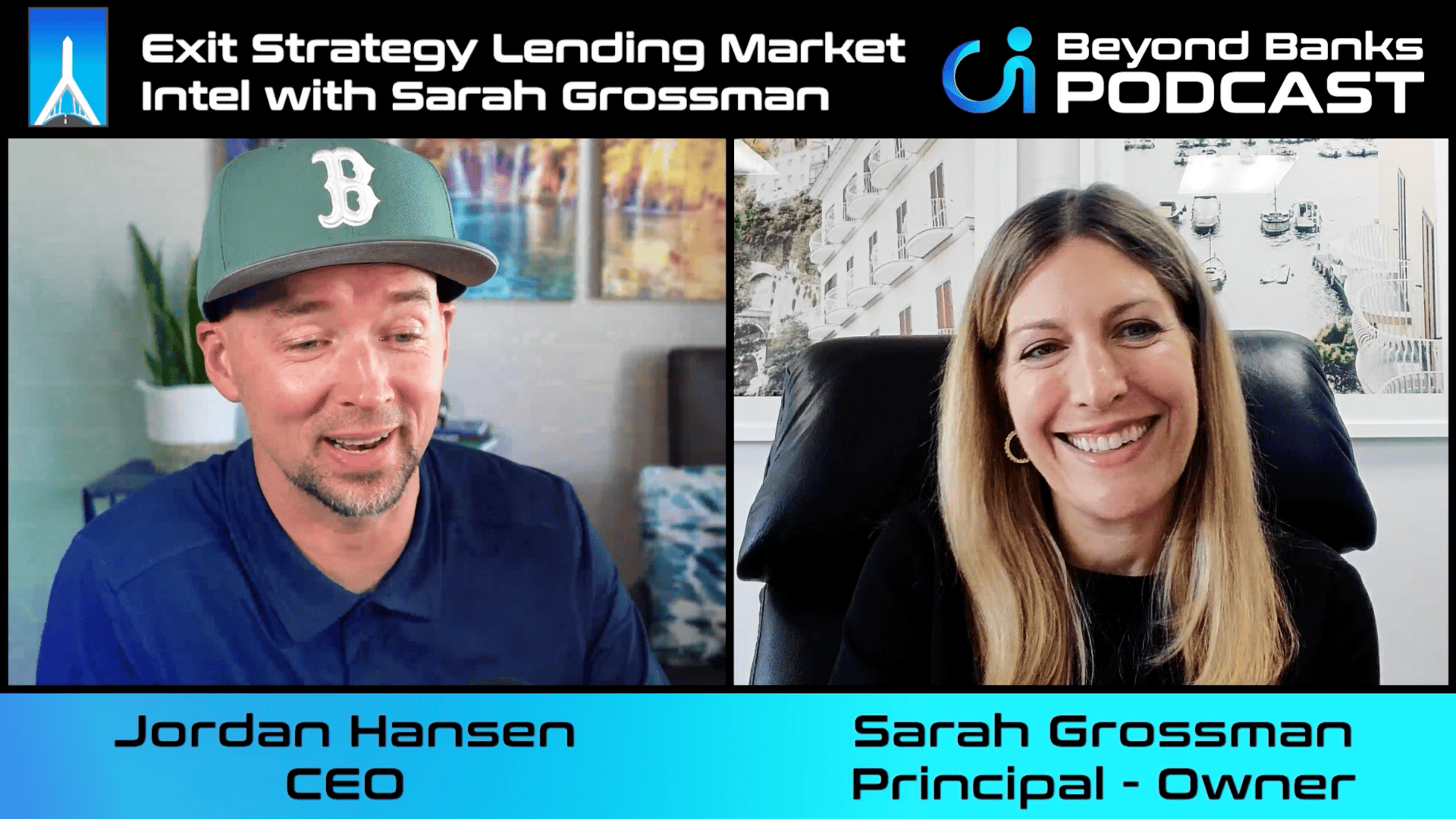
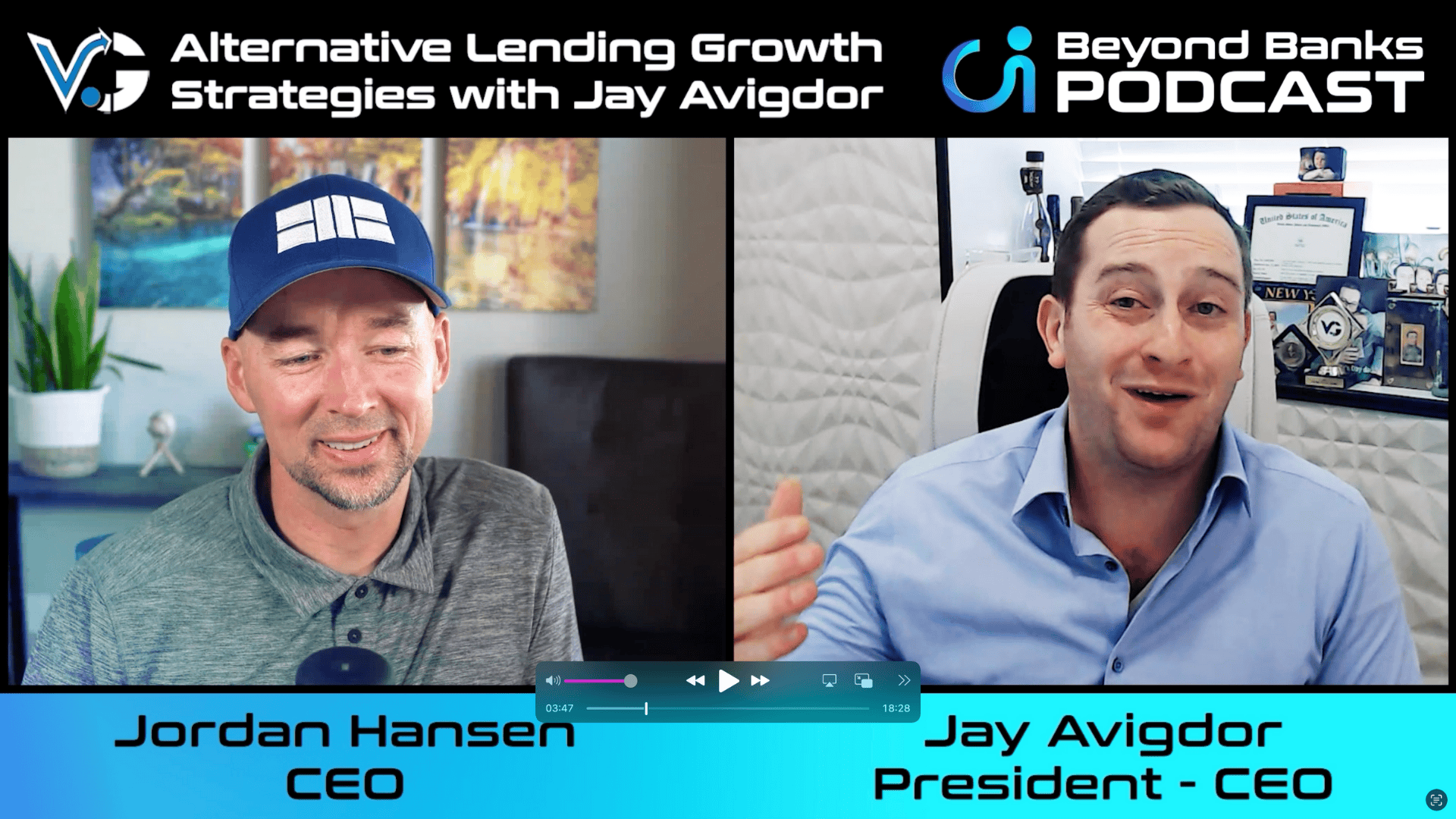
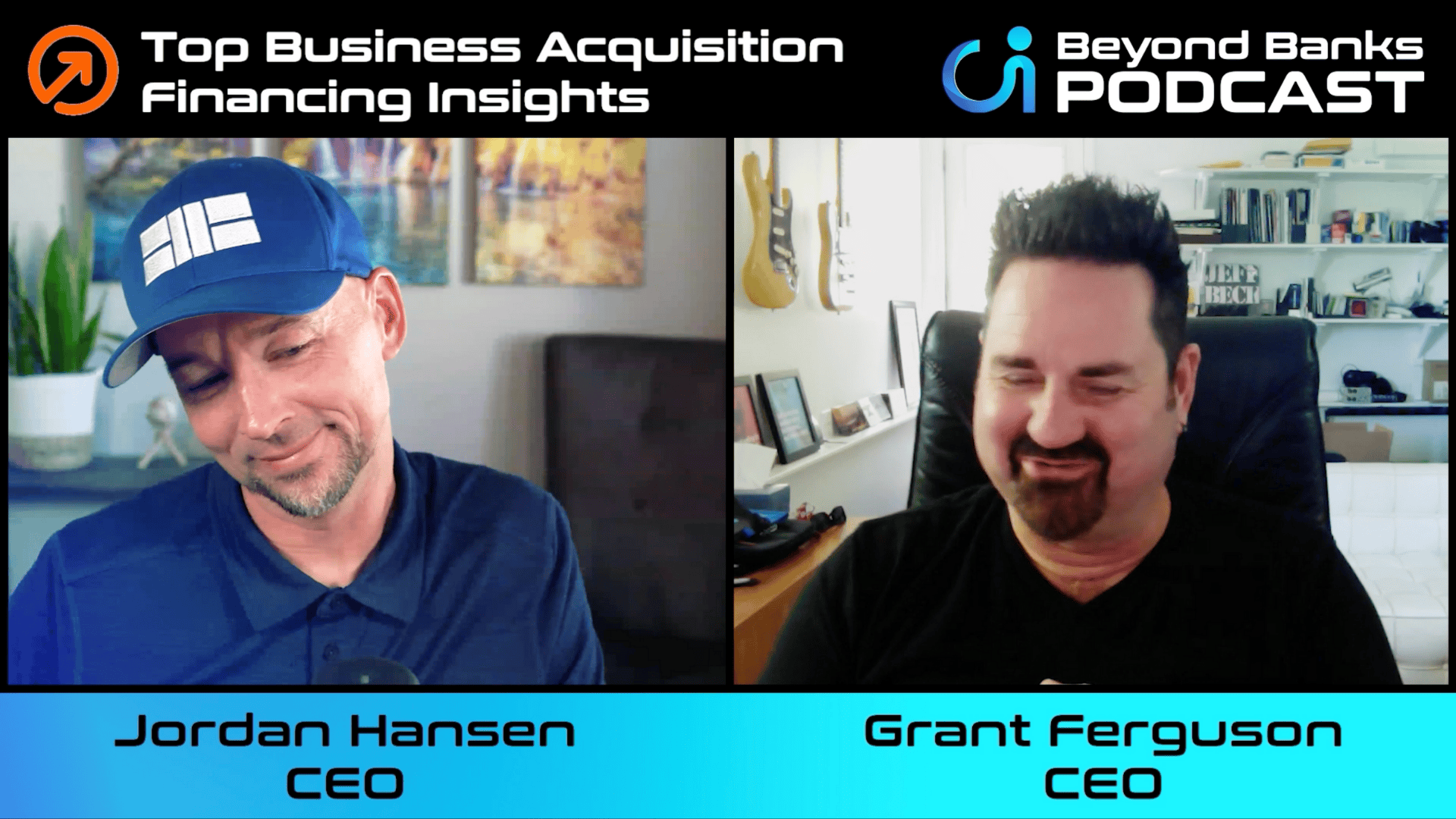
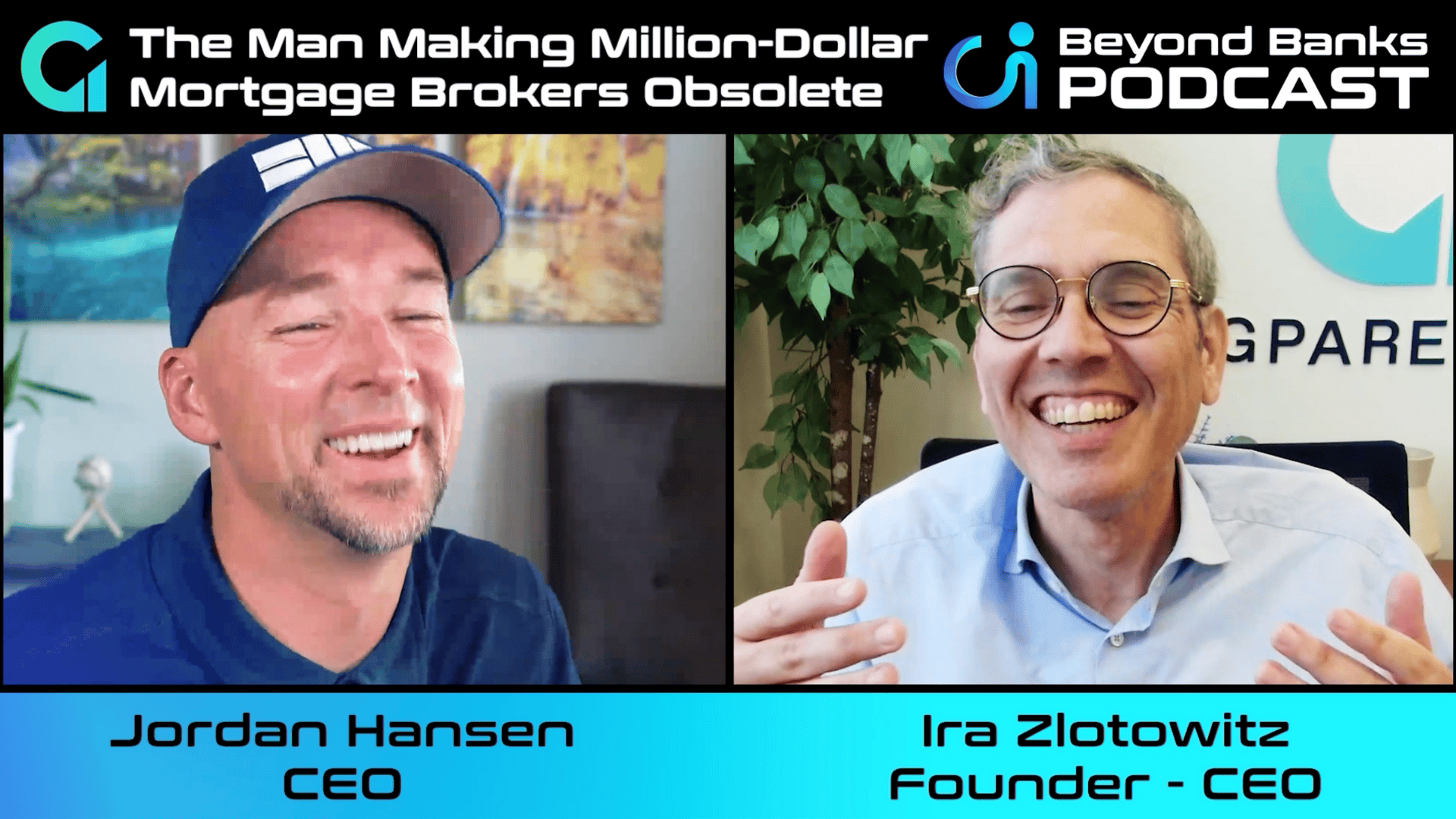

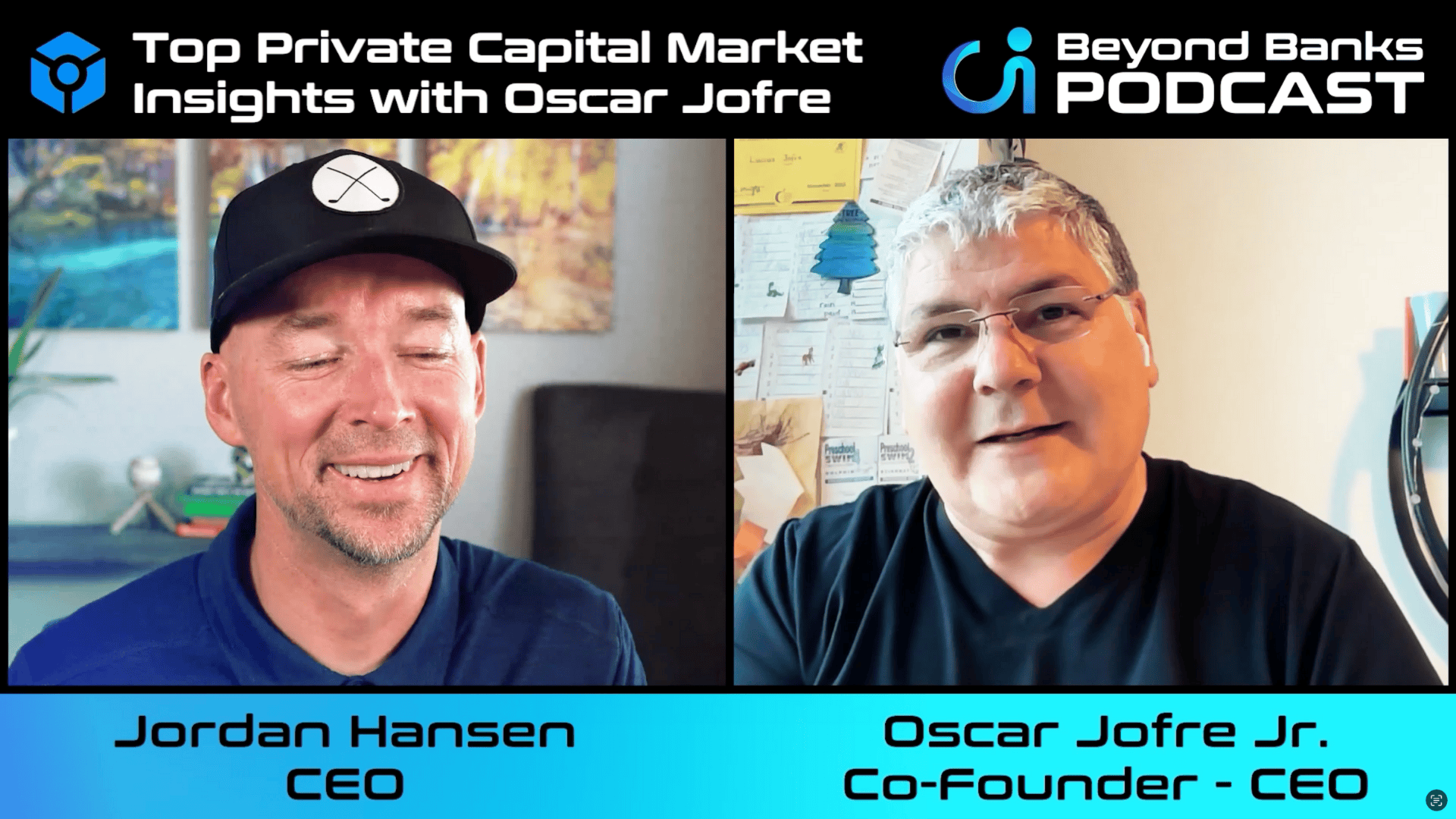

















.png)